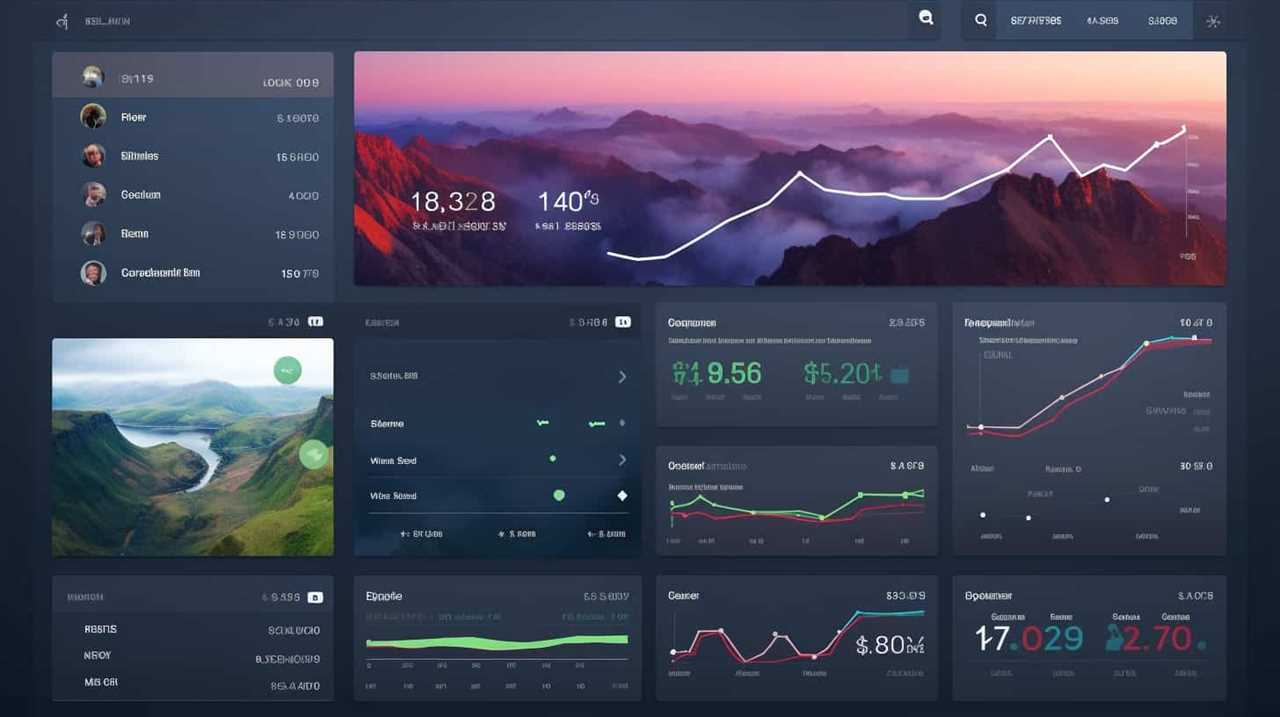We recognize that you aim to boost the performance of your website, elevate your rankings in search engine outcomes, and surpass your competitors. Therefore, it’s essential to carry out a technical SEO audit.
By identifying and fixing technical issues, you can improve your website’s speed, enhance user experience, and ultimately achieve higher search engine visibility.
In this article, we’ll show you why a technical SEO audit is crucial for your online success and how it can liberate your website’s potential.
Key Takeaways
- Assessing website performance and functionality is crucial for identifying and resolving technical issues.
- Improving website performance, such as increasing loading speed and optimizing website structure, is essential for better user experience and search engine rankings.
- Enhancing user experience involves improving navigation, streamlining navigation menus, and optimizing load times, among other techniques.
- Boosting search engine rankings requires increasing visibility, optimizing content and images, and ensuring mobile-friendliness and responsiveness.
Identify Technical Issues
To identify technical issues, we assess the website’s performance and functionality. This includes identifying server errors and evaluating website security. By conducting a thorough analysis, we can detect any issues that may be hindering the website’s performance and compromising its security.

Server errors can range from 404 errors to slow loading times, which can negatively impact user experience and search engine rankings. Additionally, evaluating website security is crucial to ensure that sensitive data is protected and that the website isn’t vulnerable to cyberattacks.
By addressing these technical issues, we can improve the overall performance and functionality of the website, leading to a better user experience and higher search engine rankings.
Now, let’s dive into the next section and discuss how to improve website performance.
Improve Website Performance
Now, let’s delve into how we can enhance the performance of the website by improving various aspects of its functionality and user experience. One crucial aspect to focus on is increasing the loading speed of the website. A slow-loading website can lead to high bounce rates and dissatisfied users. By optimizing the website structure, we can ensure that the pages load quickly and efficiently. Additionally, optimizing the website structure helps search engines crawl and index the site more effectively, improving its visibility in search results. To engage the audience further, here is a table highlighting some key areas to consider when aiming to improve website performance:

| Aspect | Action |
|---|---|
| Minimize file sizes | Compress images and minify code |
| Enable browser caching | Set expiration dates for resources |
| Use a content delivery network (CDN) | Distribute content across multiple servers |
| Implement lazy loading | Load images and videos only when necessary |
Enhance User Experience
To further improve website performance and ensure a seamless user experience, we can focus on enhancing various elements of functionality and user interaction.
One key aspect to consider is improving navigation. Users should be able to easily find what they’re looking for, whether it’s products, information, or contact details. Streamlining the navigation menu and implementing clear and logical categories can greatly enhance the overall user experience.
Additionally, optimizing load times is crucial. Slow loading pages can frustrate users and lead to high bounce rates. By compressing images, minifying CSS and JavaScript files, and utilizing caching techniques, we can significantly improve load times and provide a smoother browsing experience.
Prioritizing these elements won’t only benefit users but also contribute to higher engagement and conversion rates.

Boost Search Engine Rankings
Improving website performance and user experience can also have a significant impact on boosting search engine rankings. By increasing visibility and optimizing content, you can enhance your website’s chances of appearing higher in search engine results. To achieve this, it is important to conduct a technical SEO audit to identify and address any issues that may be affecting your website’s performance and rankings.
Here is a visual representation of the key factors that can help boost search engine rankings:
| Factors to Consider | Actions to Take |
|---|---|
| Website Speed | Optimize images and reduce server response time |
| Mobile Responsiveness | Use a responsive design and optimize for mobile devices |
| Relevant and High-Quality Content | Research and create engaging content, optimize meta tags |
Stay Ahead of Competitors
By analyzing our website’s performance and addressing any issues that arise, we can stay ahead of our competitors. Conducting a technical SEO audit allows us to identify areas for improvement and optimize our website for better visibility and increased traffic. Here are three reasons why performing a technical SEO audit helps us stay ahead of our competitors:
- Identify and fix technical issues: A thorough audit helps us uncover any technical problems that might be affecting our website’s performance. By resolving these issues promptly, we ensure that our website is functioning optimally and providing a seamless user experience.
- Optimize for search engines: The audit allows us to optimize our website’s structure, content, and keywords to improve its visibility in search engine results. By aligning our website with the latest SEO best practices, we can attract more organic traffic and outrank our competitors.
- Stay updated with industry trends: Regular audits help us stay informed about the latest SEO trends and algorithm updates. By keeping up with these changes, we can adapt our strategies accordingly and maintain our competitive edge.
Performing a technical SEO audit is crucial for increasing visibility and attracting traffic to our website, giving us the advantage over our competitors.

Frequently Asked Questions
How Long Does It Take to Perform a Technical SEO Audit?
Factors affecting the duration of a technical SEO audit include the size and complexity of the website. Regularly conducting a technical SEO audit has several benefits, such as identifying and fixing issues that could be negatively impacting search engine rankings.
What Are Some Common Technical Issues That Can Affect Website Rankings?
Common technical issues, such as broken links, slow page load times, and duplicate content, can have a significant impact on website rankings. Identifying and resolving these issues through a technical SEO audit is crucial for improving search engine visibility.
Can a Technical SEO Audit Help in Improving Website Security?
Performing a technical SEO audit can greatly improve our website’s security and SEO performance. It helps identify and fix common technical issues, ensuring a secure and efficient online presence, which benefits both our users and search engine rankings.
Are There Any Specific Tools or Software Recommended for Conducting a Technical SEO Audit?
There are several Technical SEO Audit Tools and software available that are recommended for conducting a thorough analysis. These tools can help identify issues and provide insights for optimizing website performance and rankings.

How Often Should a Website Undergo a Technical SEO Audit to Ensure Optimal Performance?
To ensure our website’s optimal performance, we regularly undergo technical SEO audits. These audits enhance our website maintenance, allowing us to identify and fix any issues that may hinder our online visibility and overall user experience.
Conclusion
Performing a technical SEO audit is like giving your website a thorough check-up. It helps identify any underlying issues that may be affecting its performance, user experience, and search engine rankings.
By addressing these issues, you can enhance your website’s overall functionality and stay ahead of your competitors.
Just like maintaining our own health, regularly auditing your website ensures it remains in top shape and continues to attract and satisfy visitors.

Don’t neglect this crucial step in optimizing your online presence.







